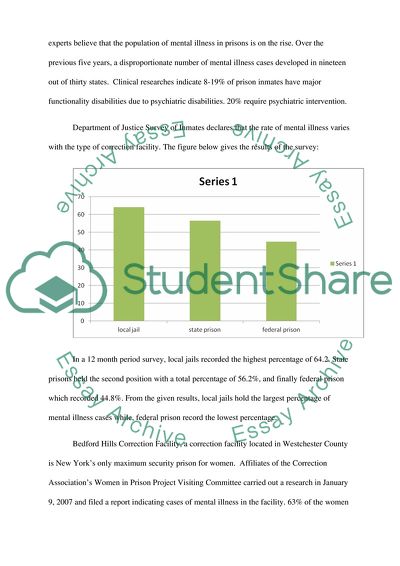Cite this document
(Solitary Confinement and Mental Illness in U.S. Prisons Assignment, n.d.)
Solitary Confinement and Mental Illness in U.S. Prisons Assignment. Retrieved from https://studentshare.org/law/1809787-mental-health-issues-in-prisonscorrections
Solitary Confinement and Mental Illness in U.S. Prisons Assignment. Retrieved from https://studentshare.org/law/1809787-mental-health-issues-in-prisonscorrections
(Solitary Confinement and Mental Illness in U.S. Prisons Assignment)
Solitary Confinement and Mental Illness in U.S. Prisons Assignment. https://studentshare.org/law/1809787-mental-health-issues-in-prisonscorrections.
Solitary Confinement and Mental Illness in U.S. Prisons Assignment. https://studentshare.org/law/1809787-mental-health-issues-in-prisonscorrections.
“Solitary Confinement and Mental Illness in U.S. Prisons Assignment”, n.d. https://studentshare.org/law/1809787-mental-health-issues-in-prisonscorrections.


